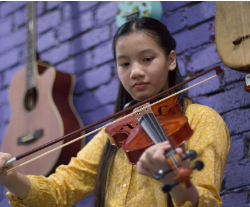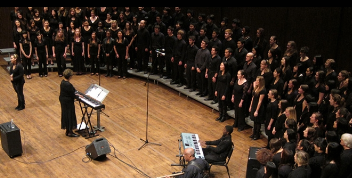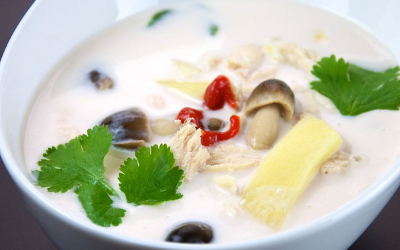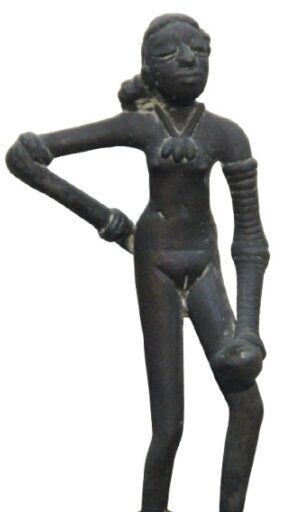HAPPY TRAVELLING
A complete tourist and cultural guide of
MIZORAM
A Vibrant Land of Rich Heritage, Timeless Traditions, and Enchanting Rhythms.
Nestled in Northeast India, Mizoram—the “Land of the Hill People”—is a hidden gem where rolling mountains meet vibrant tribal traditions. Beyond its scenic landscapes, the state boasts a rich cultural heritage and warm hospitality, offering a refreshing escape from mainstream tourism. Its name, meaning “land of the Mizos,” reflects a deep-rooted tribal identity and pride.
Discover Mizoram - Tourist Attractions
From misty hills and cascading waterfalls to lively festivals and welcoming locals, Mizoram promises an unforgettable travel experience. Whether exploring Aizawl’s bustling markets or trekking through Phawngpui’s lush trails, adventure awaits at every turn.
Aizawl
Reiek Tlang
Vantawng Falls
Phawngpui (Blue Mountain National Park)
Tam Dil
Champhai
Lengteng Wildlife Sanctuary
Saiha & Palak Lake
Heritage of Mizoram

Steeped in tribal customs and oral storytelling, Mizo heritage thrives in traditional villages and age-old rituals. Bamboo houses, intricate handwoven Puans (shawls), and spirited community dances showcase the state’s indigenous identity.
The Performing Art of Mizoram
Culture here is a lively blend of tribal traditions and Christian influences. The rhythmic Cheraw (Bamboo Dance) and soulful folk songs captivate audiences, while festivals like Chapchar Kut and Pawl Kut celebrate harvests and community bonds.
Music Form
Music is the soul of Mizoram, often blending traditional elements with Western influence due to its strong church traditions.

Zai Music
Traditional Mizo folk songs with poetic lyrics, often sung during festivals.

Choral and Gospel Music
A major part of Mizo culture, sung in churches and community events.

Folk Instruments
Use of bamboo flutes, drums (Khuang), and string instruments like Lemlawi.
Dance Form
Dance in Mizoram is rhythmic, symbolic, and community-oriented.
The most iconic Mizo dance performed with bamboo sticks and synchronized steps.
Khuallam
A welcome dance performed during festivals and community gatherings.
Chheih Lam
A social dance performed after harvest with spontaneous songs and claps.
Others dance forms – Solakia Lam – A war dance showcasing strength and martial spirit.
Festivals and Celebrations
Rooted in agriculture and gratitude, Mizoram’s festivals are vibrant affairs:

Chapchar Kut

Mim Kut

Pawl Kut
Cuisine of Mizoram

Bai

Chhum Han

Sanpiau
Light yet flavorful, Mizo cuisine relies on fresh herbs, bamboo shoots, and smoked meats. Must-try dishes:
Bai – A nutritious stew made with boiled vegetables, bamboo shoots, and sometimes pork, flavored with local herbs.
Vawksa Rep – A traditional smoked pork dish, slow-cooked with local spices for a rich and smoky flavor.
Chhum Han – A healthy vegetable stir-fry, lightly seasoned and often served with rice.
Sanpiau – A popular rice porridge garnished with coriander, black pepper, and crispy fried onions.
Arsa Buhchiar – A traditional Mizo-style chicken dish, often cooked with local herbs and served with rice.
Popular Shopping Items
Markets in Mizoram offer handmade crafts, traditional clothing, and bamboo products.
- Puans – Colorful handwoven Mizo shawls and wraparounds.
Bamboo Handicrafts – Baskets, mats, and furniture.
Traditional Jewelry – Beaded necklaces and hair accessories.
- Local Spices & Pickles – Authentic Mizo flavors to take home.
Best shopping places:
Bara Bazar in Aizawl, Luangmual Handicrafts Centre, and New Market in Champhai.
Puans
Bamboo Handicrafts
Traditional Jewelry
Local Spices & Pickles
Evolution of Mizoram
⇒ Early History – Mizo tribes migrated from Myanmar between the 16th–18th centuries.
⇒ Tribal Society – Practiced jhum cultivation and followed a clan-based governance system.
⇒ British Rule (1890) – The British annexed Lushai Hills and introduced Western education.
⇒ Missionary Influence – Christianity spread, and the Roman script was adopted for the Mizo language.
⇒ Post-Independence (1947) – Mizoram became part of Assam after India gained independence.
⇒ Mizo Nationalism (1961) – The Mizo National Front (MNF) was formed, demanding independence.
⇒ Insurgency and Conflict – Armed struggle between MNF and the Indian government led to unrest.
⇒ Union Territory (1972) – Mizoram was declared a Union Territory to address political instability.
⇒ Mizo Peace Accord (1986) – Peace was restored with an agreement between MNF and the government.
⇒ Statehood (1987) – Mizoram became the 23rd state of India on February 20, 1987.
⇒ High Literacy Rate – One of India’s highest literacy rates, around 91%.
⇒ Economic Growth – Progress in agriculture, tourism, and handloom industries.
⇒ Modern Development – Improved infrastructure, healthcare, and education.
Safety Measures and Tips
- Travel Permits: Indian tourists need an Inner Line Permit (ILP), which can be obtained online or from state offices. Foreign tourists require a Protected Area Permit (PAP).
- Connectivity: Mobile networks are reliable in towns but may be patchy in rural areas; BSNL and Jio offer the best coverage.
- Local Etiquette: Dress modestly, greet locals respectfully, and avoid loud behavior in public places.
- Transport: Use shared taxis or local cabs, as public transport is limited; drive cautiously as roads are winding.
- Health & Safety: Carry essential medicines, stay hydrated, prefer bottled or boiled water, and be cautious of hilly terrain while trekking.
- Weather Considerations: The region experiences heavy rains during monsoon (June–September), so plan accordingly and carry rain gear.
- Wildlife & Trekking Safety: When trekking, hire local guides, be aware of wildlife, and stick to designated trails.
- Cash & ATMs: ATMs are available in major towns, but carry sufficient cash when traveling to remote areas.
- Power Outages: Occasional power cuts occur in rural areas, so carrying a power bank is recommended.
- Emergency Contacts: Keep local emergency numbers, your ILP details, and hotel contacts handy.
